“A steed for every need.” That’s how Ford described the 11 drivetrain combinations available by the Ford Mustang’s fifth birthday in 1969.
By then, more than two million examples of the pioneering pony car had been sold – a landmark it took Land Rover 57 years to reach with the Series Land Rover and Defender. Today, as the right-hand-drive, officially imported sixth-generation model arrives, sales are nearing the 10 million mark.
Yet the galloping ’Stang has barely created a tremor in the UK. There have been official imports before – even right-hookers, as we’ll see – but most of us fill the space between the legendary first-gen car and the outgoing model with little more than a fog of vague recollection.
Today, we’re joining the dots all the way from 1964 to 2014. We have each of the five generations of Ford Mustang on hand – all privately owned, and all V8s, naturally. Now, there are online tracts dedicated to the minutiae of model years and variants should you wish to explore them. Instead, we’re going to sketch the outline of each car before shading in with first-hand driving impressions. So let the 40-pot cubefest begin…
‘Classic’ (1964–1973)
This is genesis, the car that created a formula to last 50 years: sporting bodywork over a compact chassis (by American standards, at least), front engine, rear drive and live rear axle. Although notchback (read two-door saloon) and convertible bodies were available, as were straight sixes, it was the combination of fastback coupé styling and V8 power that best matched the Mustang’s performance pretensions and elevated it above the Ford Falcon upon which it was based.
Cue Tony Pook’s breathtaking, Signal Flare Red 1966 Fastback in GT trim. Although first-gen Mustangs were available through a UK concessionaire, Pook bought his last year fresh from Arizona following a thorough restoration. The Mustang was created with tinkering in mind, and Pook’s car features a transplanted engine, the original 210bhp, 289cu in (4727cc) small-block overhead-valve ‘Windsor’ V8 having been replaced by a 230bhp, 302cu in (4942cc) version of the same that runs a four-barrel Edelbrock carb.
Installed in the largely original interior, I drink in the distinctive layout, finish and details: twin-cowl dashboard with wooden inserts, thin-rimmed wheel embellished with mother-of-pearl, chromed switches and compressed speedo font.


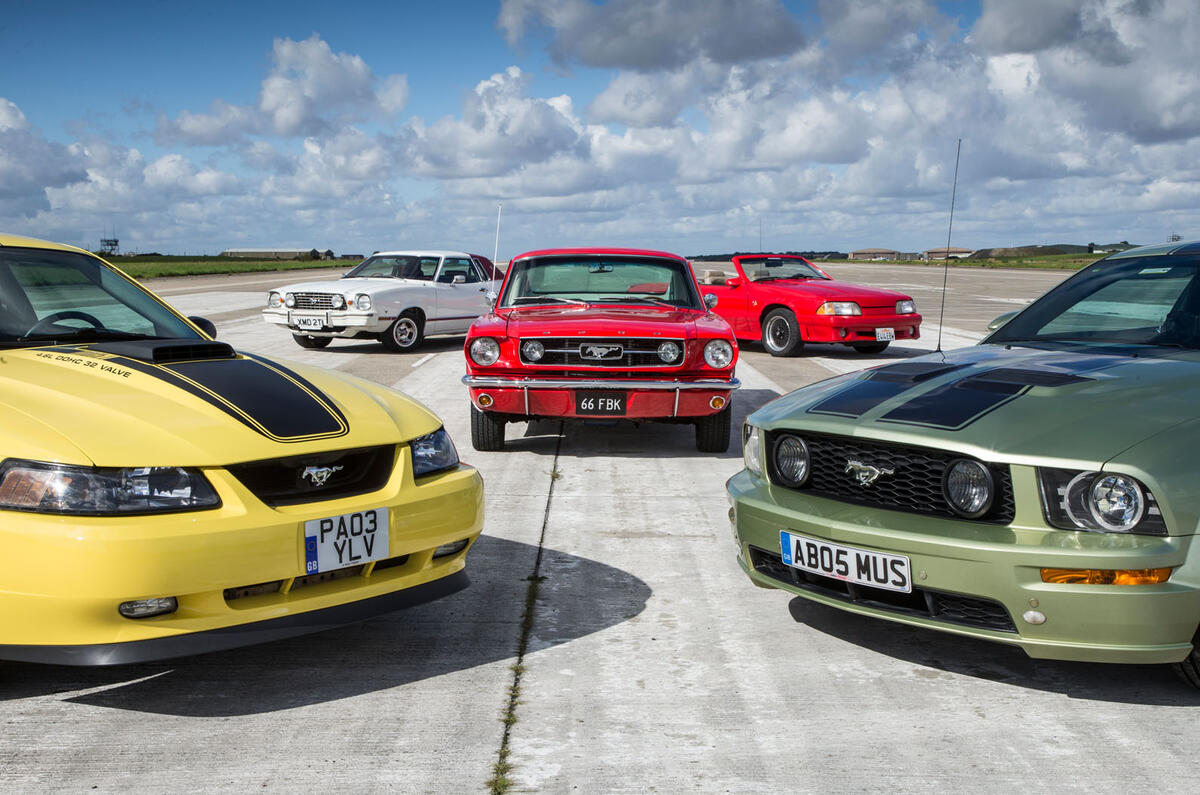






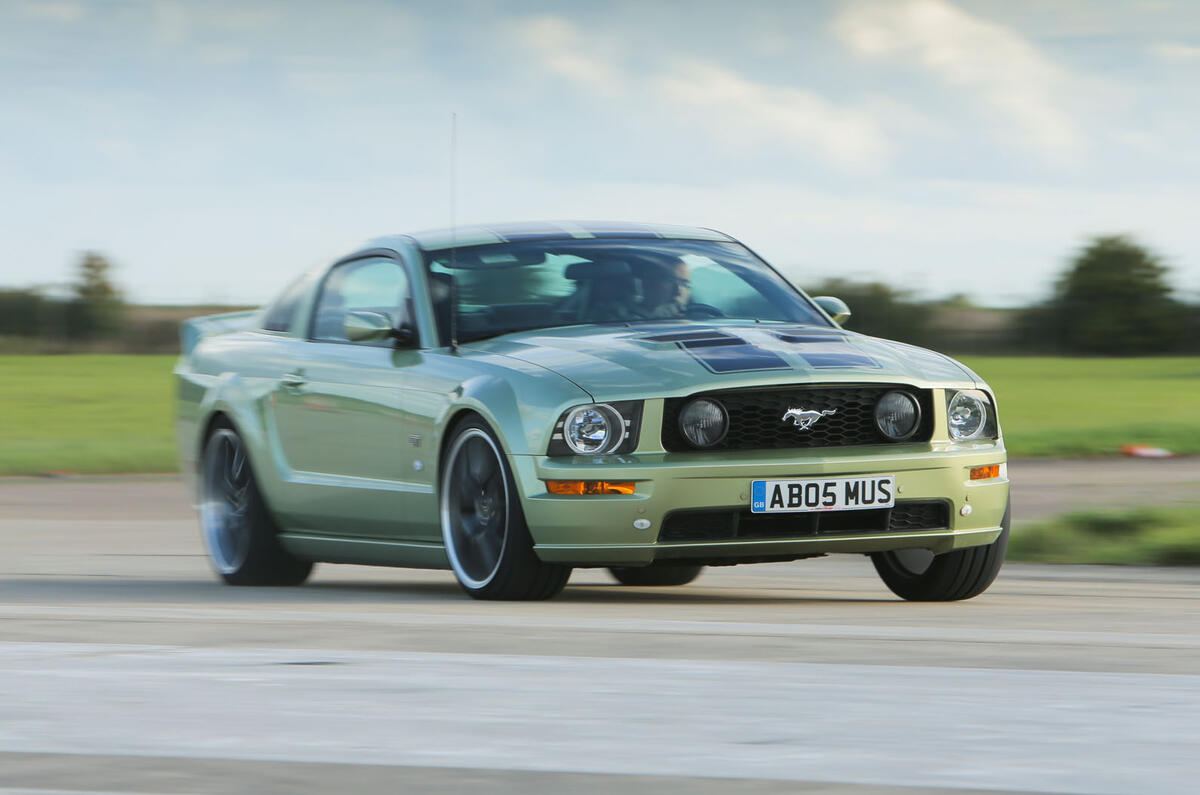







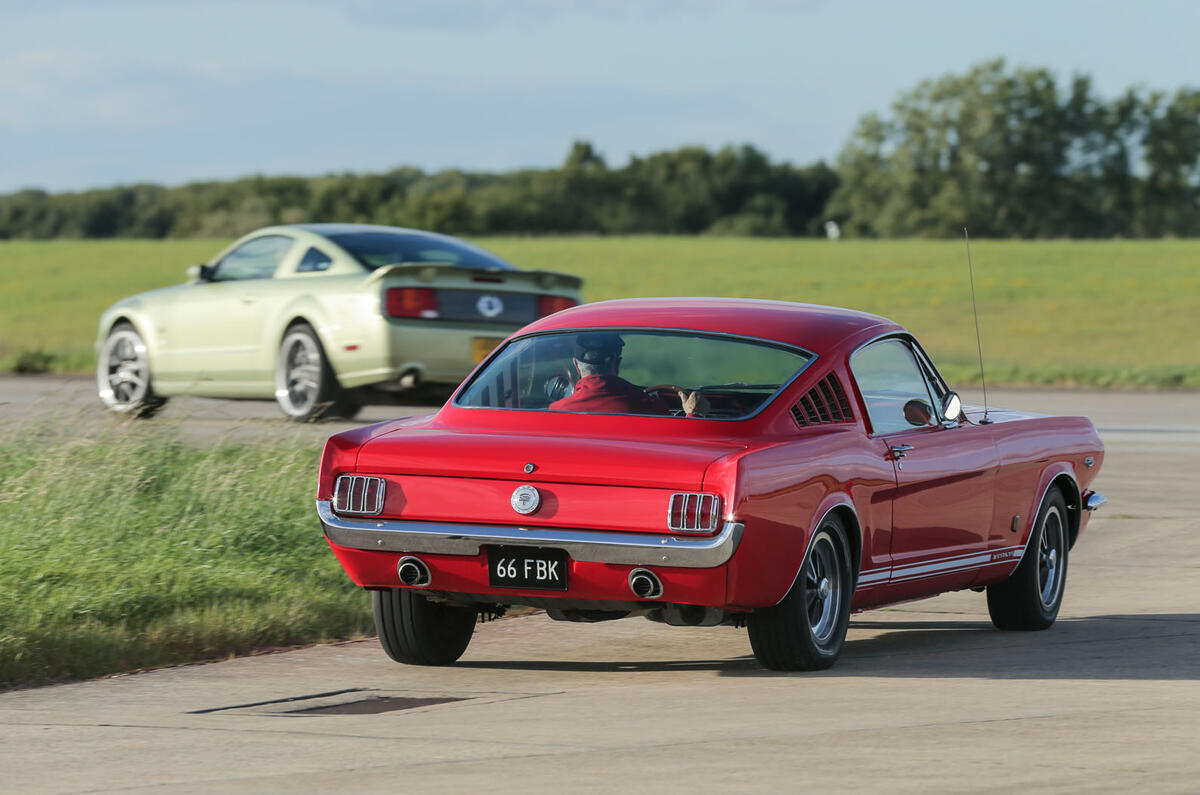






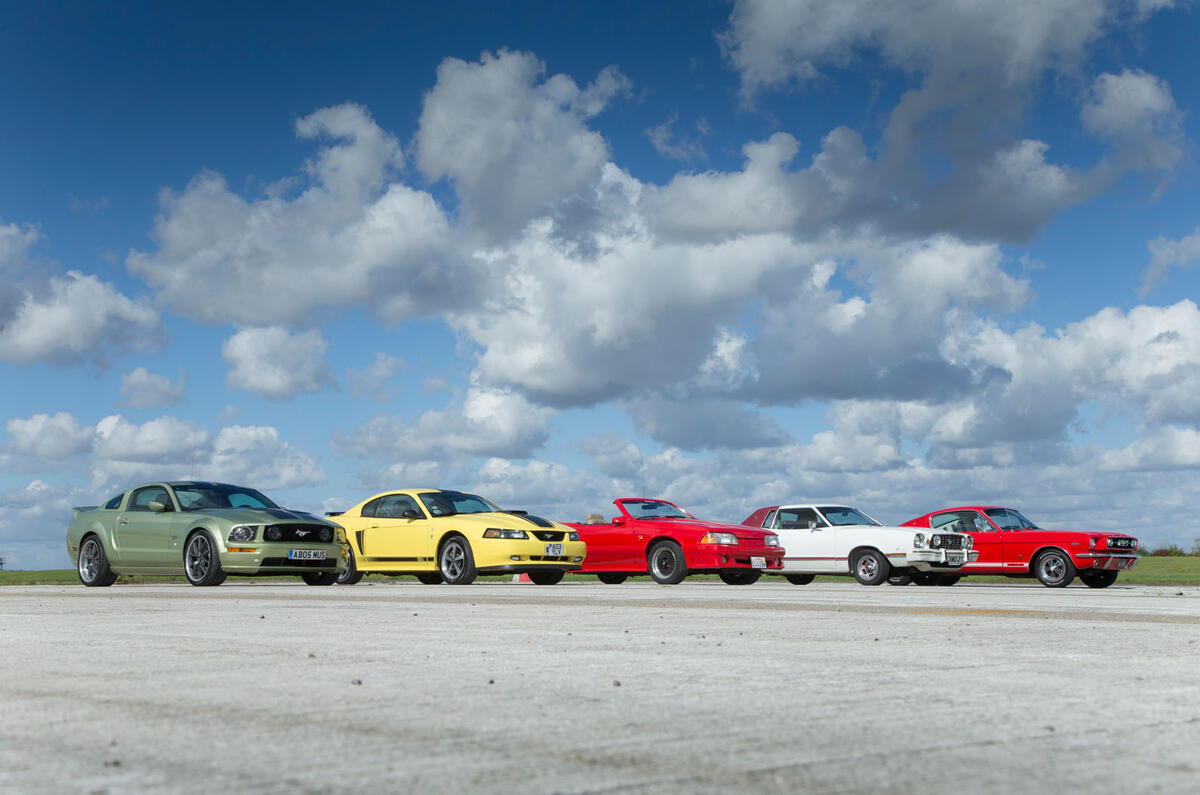












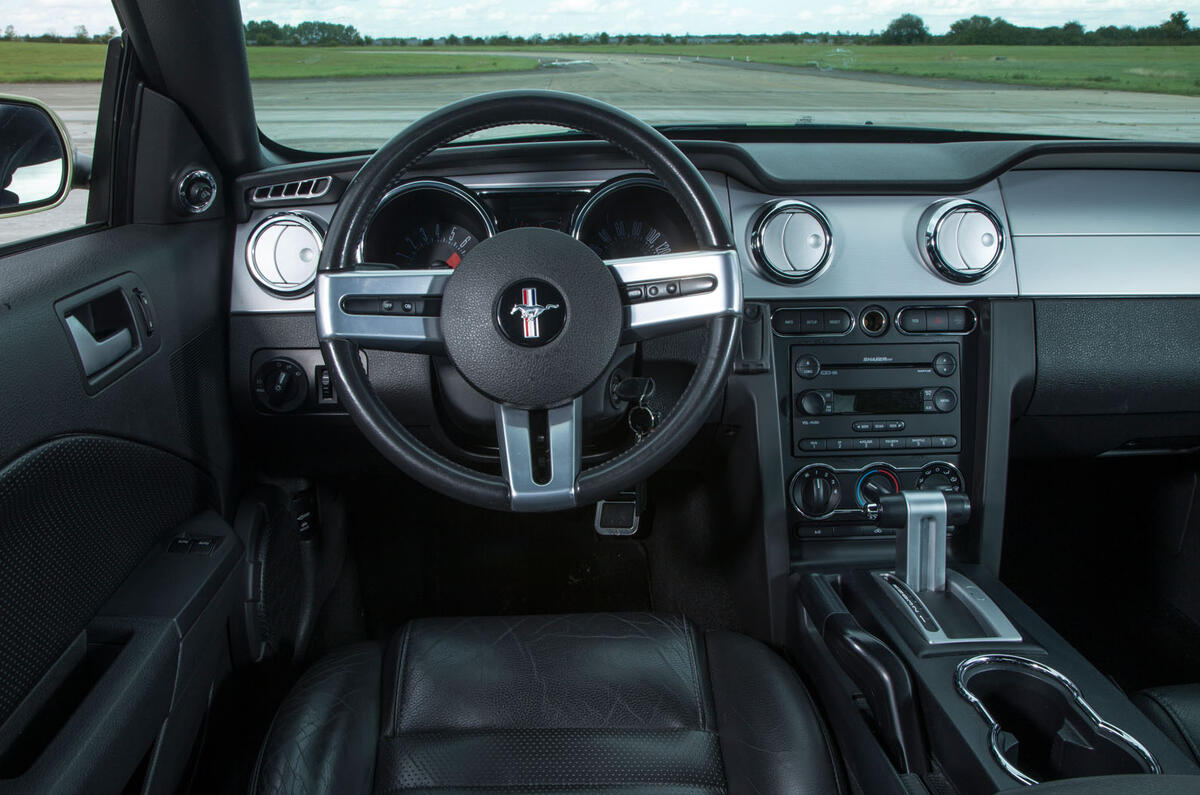
















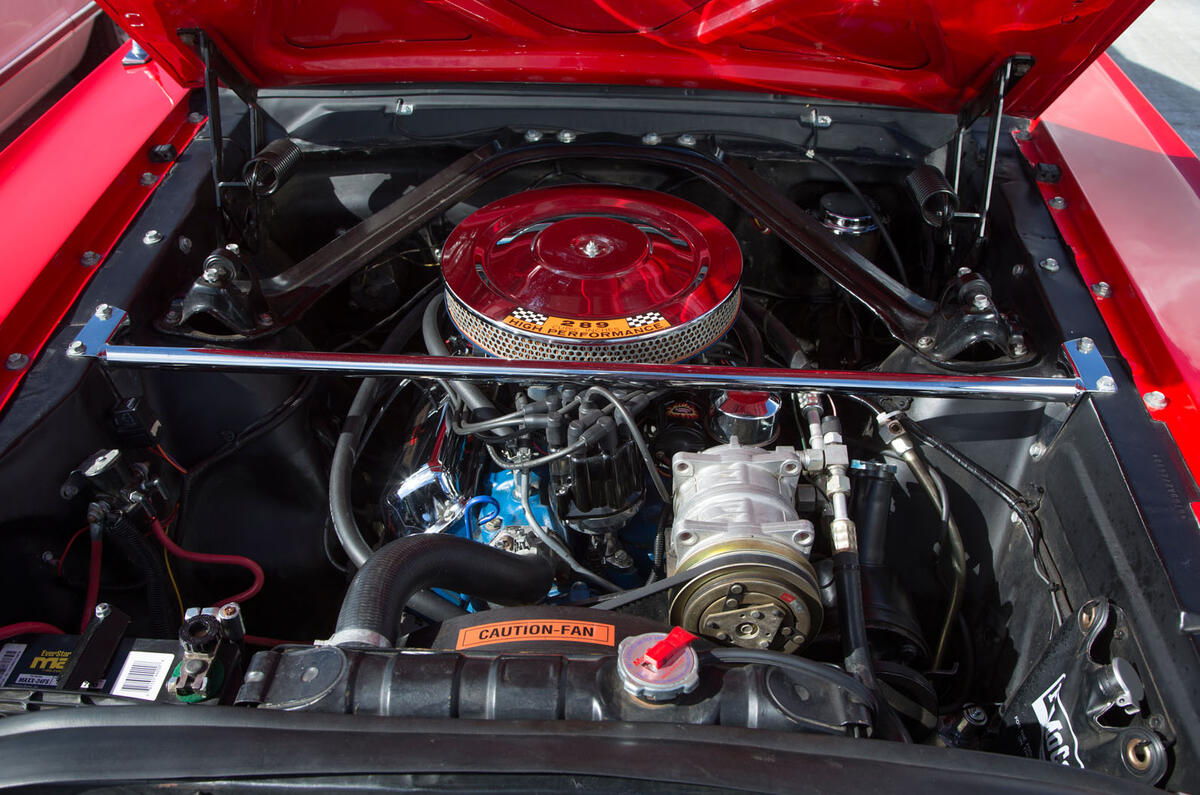
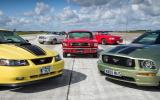





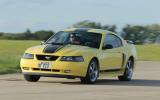
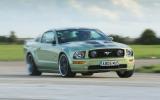









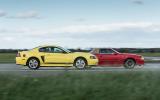










































Join the debate
Add your comment
And of course all are
Well...
winniethewoo wrote: And of
I don't understand why everyone drives german cars - they are crap based on the problems I have had, hey ho, would own a mustang in a heartbeat rather than a shite german diesel crap box
gazza5 wrote: winniethewoo
Right because a shite german crap box is what someone wanting a performance car would be comparing this to. They will totally ignore stuff like the Focus RS.
Pony